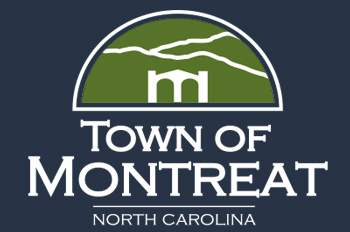COMPREHENSIVE PLAN
Montreat is situated in the Appalachian Mountains approximately 15 miles east of Asheville, North Carolina. Founded as a spiritual retreat by Presbyterians, Montreat dates to 1897 when John Collins, a congregational minister from New Haven, Connecticut, and others arrived. Later, the Mountain Retreat Association (MRA) was established by church leaders. Today, the charming Town of Montreat has a population of 798 people who live on 1,756 acres, of which more than 60% is in conservation easement. Home to Montreat College as well as the Mountain Retreat Association (MRA), the town is known for its long history as a Presbyterian retreat and is appreciated for the qualities that contribute to its unique character: its natural setting, the smalltown feel of its built environment, and its people.
In 2008, the Town of Montreat adopted the Comprehensive Plan as one step toward ensuring that new development and the infrastructure and services that accompany it will help Montreat remain a tranquil town, while keeping much of the natural environment intact. A comprehensive plan is a reflection of the community’s desires and serves as a policy guide that will aid decision makers over the coming years. In order to be an effective guide, the plan must be comprehensive in the sense that it examines a number of key, interrelated factors simultaneously. More importantly, it is strategic, identifying the most critical issues and defining short and long-term strategies for addressing those issues. Comprehensive plans are the most common type of plans used to guide development. It is a means of establishing a long-term vision typically looking 15 to 20 years into the future and is meant to be updated not less than every five years.
The development of the 2008 Comprehensive Plan for the Town of Montreat took approximately 12 months. The steps involved included research and analysis, and synthesis of information pertaining to a variety of planning elements; meeting with Montreat representatives and others involved in the planning process; facilitation of a series of public meetings; preparing a conceptual plan for review by the Town; and, based on this collective information and input, preparing and finalizing the Comprehensive Plan. The recommendations and implementation strategies identified provided a starting point for the implementation process. Two very important aspects of this process were building on previous work and involving the community.
